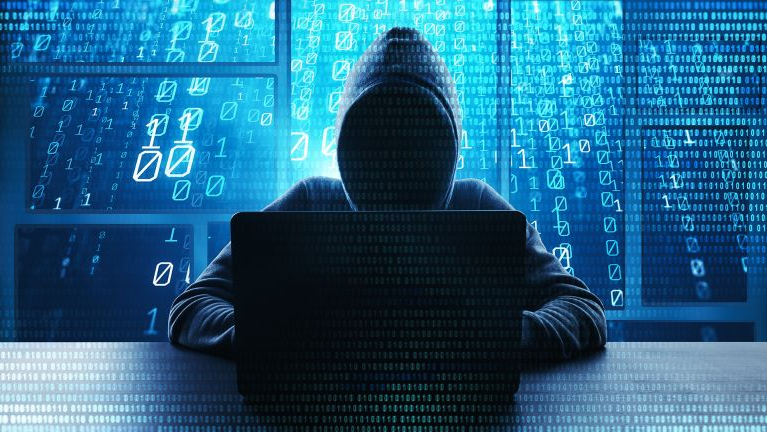
Mikko warns that artificial intelligence is actively developing malicious software. His research team has uncovered three electronic worms that release massive language programs to rewrite code. While these tools haven’t been used in the real world yet, they were discovered on the internet and operate effectively. These electronic worms, utilizing the OpenAI platform, are designed to create diverse codes tailored to each targeted victim. Detecting these worms is challenging, even though OpenAI periodically exposes and lists them as malicious software.
The worry is that online fraudsters can download large language models to their computers, using them locally, away from the web, making it harder for AI platforms to detect and report them. These methods also allow deception of usage terms, disseminating materials containing violence, pornography, or deception. Consequently, OpenAI still imposes significant restrictions on users.
Another concern raised by internet experts is the exploitation of zero-day attacks, relying on attackers discovering weaknesses or vulnerabilities before developers can find solutions. Currently, artificial intelligence can detect these vulnerabilities early, but in other cases, it might be the one creating and exploiting them.
Mikko notes, “It’s good to be able to use artificial intelligence assistants to find weaknesses in the software you develop, so you can fix the gap before it’s too late. But malicious actors can also use artificial intelligence to find and exploit these vulnerabilities.” These situations are still in their infancy, but Mikko anticipates widespread proliferation in a short time.
The company “Widz Security,” where Mikko works, has decided to fully embrace automation in developing defense and protection methods for decades. This has given the company an edge over internet criminals who have been working manually for years. However, with the widespread use and ease of automation in cyberattacks and the deployment of malicious software, the superiority of cybersecurity companies is no longer guaranteed.
Mikko believes that the current challenge lies in who can develop and use artificial intelligence better. This impending showdown will start soon, and its results will be crucial, to the extent that fully automated malicious software will become the primary cyber threat in the world by 2024.
Leave a Reply